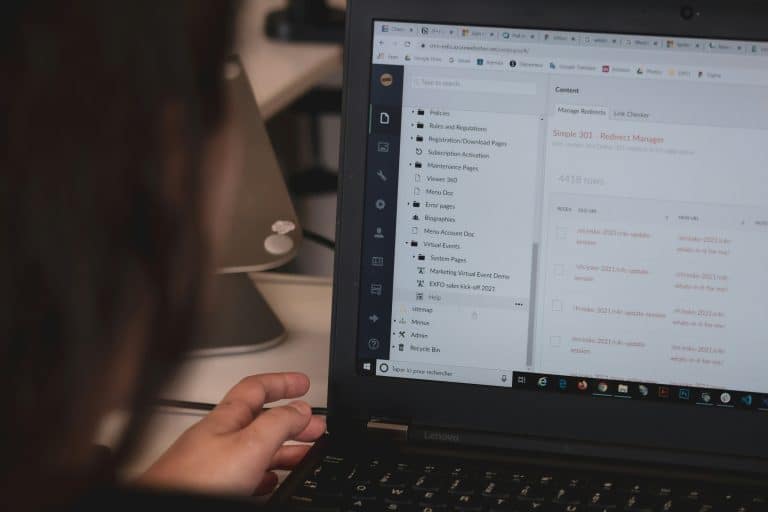Over the past few months, it’s seemed like Greta Thunberg has been everywhere. The 16-year-old environmental activist recently gave an impassioned speech at the U.N. Climate Action Summit, and you’ve probably seen clips and quotes all over your social media. She’s even created something that commentators are calling the “Greta Thunberg effect,” inspiring her peers across the world to focus on climate change.
Whether you fully agree with all of Thunberg’s ideas, most of us do agree that it’s time to pay attention – really pay attention – to what’s going on with our planet. Small changes can yield big results, especially when we’re all committed to making them together. As students, there are several simple ways to reduce your carbon footprint and make positive steps in the right direction.
1. Use a reusable water bottle.
I cringe when I think about my plastic water bottle habit in high school. I bought a bottle of water every single day at lunch! Not only do plastic water bottles take a lot of energy to manufacture, the plastic isn’t biodegradable. In other words, plastics will simply break down into microplastics that our planet is stuck with forever. Plastic pollution is destroying ecosystems, and we’re funding it when we purchase plastic bottles. Break the cycle! Invest in a high quality, reusable water bottle that you can fill up throughout the day.
2. Unplug your devices.
The NRDC refers to unused, plugged in devices as “energy vampires.” Anytime a cord is plugged in, it’s drawing energy and adding to your carbon footprint. Aside from simply unplugging everything by hand when you’re done using it, there are a few other ways to fix this issue. Plug things like TVs, speakers, and other electronics into power strips, so you can turn everything off by flicking a switch. Charge your phone and laptop up before bed so you can unplug it overnight, where it sits plugged in long past the point where it’s fully charged.
3. Take your notes electronically.
The process of making paper requires a huge amount of both energy and natural resources. Instead of filling notebooks every semester simply to toss them at the end, take your notes electronically. When you’re done with a course for good, you can simply delete your notes guilt-free. And while you’re at it, swap your paper towels with reusable rags. It’s a simple swap to reduce your carbon footprint, and you’ll be a paper-saving machine!
4. Bike to school when it’s possible. Carpool when it’s not!
It’s not new information that cars are responsible for a whole lot of our planet’s pollution. While we can’t ditch our cars for good, we can use them more sparingly. Weather permitting, biking to and from school is a great alternative to reduce your carbon footprint – and cities are becoming increasingly bike-friendly. When you can’t bike, consider car-pooling with other students.
5. Reduce your meat consumption (or stop eating meat altogether).
According to a recent report compiled by 30 scientists around the world studying nutrition and food policy, eating meat has “dire” consequences for the planet. They concluded that both meat and sugar consumption around the world should drop by 50 percent. While you may not be willing to go vegetarian or vegan, simply reducing your intake can have a big impact. Start incorporating “Meatless Monday” into your weekly schedule, or set small goals to eat more veggie-based meals.
6. Buy clothing and school supplies secondhand, or shop at eco-conscious retailers.
There are a million and one stores offering “fast fashion” nowadays, and their products are usually on-trend and cheap. However, fast fashion takes a huge toll on the environment, draining natural resources and contributing to our planet’s massive amount of waste. Instead, frequent thrift stores for amazing secondhand pieces, or opt for brands that offer ethically-made, eco-friendly clothing. Not only are you helping the planet, you’ll likely snag items that no one else has.
7. Eat more local, organic foods.
When you eat food that has been shipped in from far away, you’re eating food that has taken planes, boats, trucks, and trains – which isn’t exactly an environmentally friendly process. The more local foods you can eat, the more you reduce your carbon footprint. Additionally, “organic” isn’t simply a buzzword. Organic foods haven’t been sprayed with the toxic chemicals and pesticides, which harm the environment.
8. Pack your lunches and snacks in reusable bags and containers.
When packing lunches and snacks for your school day, skip the Ziploc bags, cling wrap, and other single-use items. Instead, invest in a set of reusable Tupperware, bags, straws, silverware, food wraps, and so on. You’ll be amazed at the green products you can find online! You’ll feel so much better packing up your reusable items at the end of a meal, rather than tossing everything in the nearest trashcan.
9. Borrow things instead of buying them.
Consumerism is wreaking havoc around the world. Instead of buying whatever you need brand new, consider renting or borrowing it instead. Not only is this usually the cheaper option, it’s an easy way to reduce your carbon footprint. Win-win! Check out books from the library instead of purchasing them. Check out your local thrift store before you head to Target. Borrow things from your neighbors. Post a plea on social media to see if you know anyone who has XYZ that you can borrow before you get it Amazon Primed. In the era of Marie Kondo, this will also reduce the clutter that somehow accumulates so quickly!





